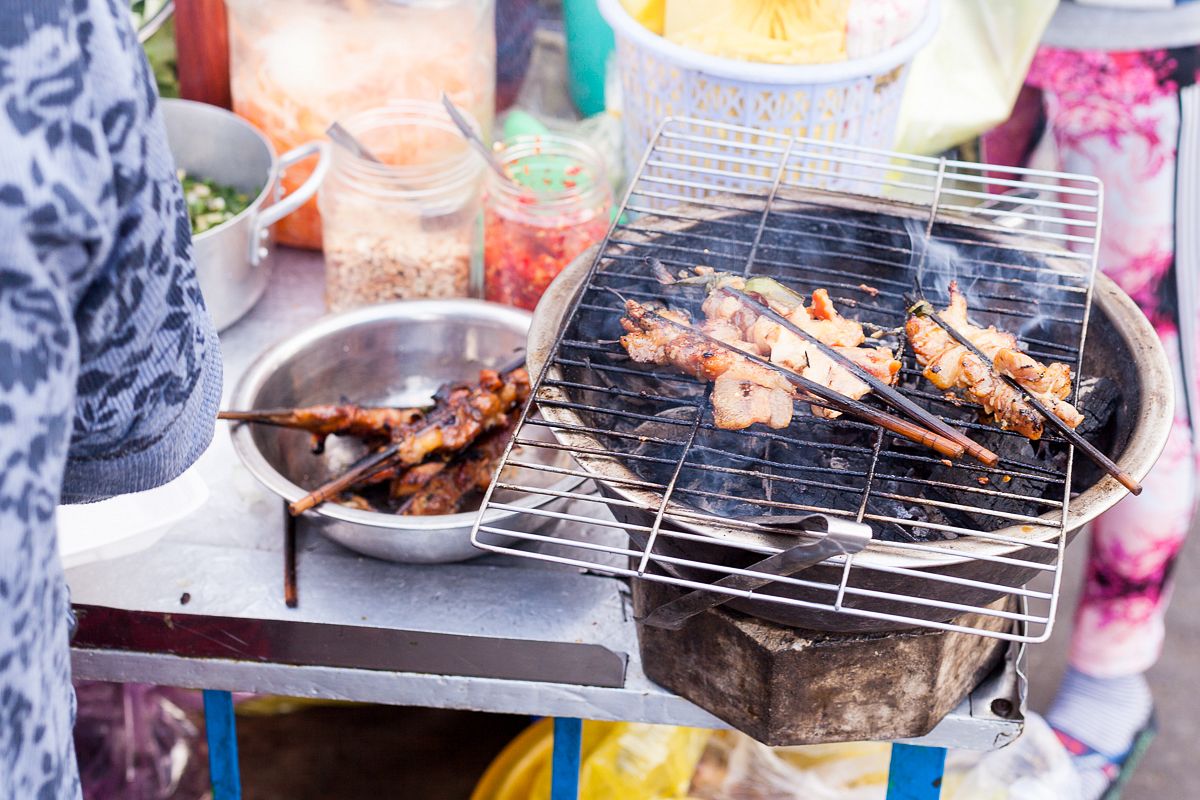If you've been seeking out cà phê sữa đá from street carts for a super-caffeinated start to your workday, you might want to look elsewhere, as there’s a chance you've been drinking coffee-flavored water with little to no caffeine.
According to a new survey conducted by the Vietnam Standard and Consumers Association (Vinastas), approximately 30% of coffee beverages sold in four regions of the country contain a negligible amount of caffeine: less than one gram per liter, reports Tuoi Tre.
The survey examined 253 samples of black coffee taken from Saigon, Hanoi, Binh Duong and Soc Trang provinces. The samples were randomly obtained from a range of coffee vendors including coffeehouses, small cafés, sidewalk stalls, mobile coffee carts and hospital canteens.
Most of the samples that did poorly came from locations such as mobile carts, sidewalk cafés and hospital canteens, where as much as 47.54% of coffee tested has an insignificant amount of caffeine. Five samples showed no trace of caffeine at all.
While some could deem this lack of caffeine harmless, it could also mean that the coffee sold at these locations is made from dubious ingredients with a potential to cause long-term damage to drinkers’ health. With frequent police raids uncovering everything from Chinese-made chemicals to fish sauce in the coffee making process, it’s best not to take any chances.















